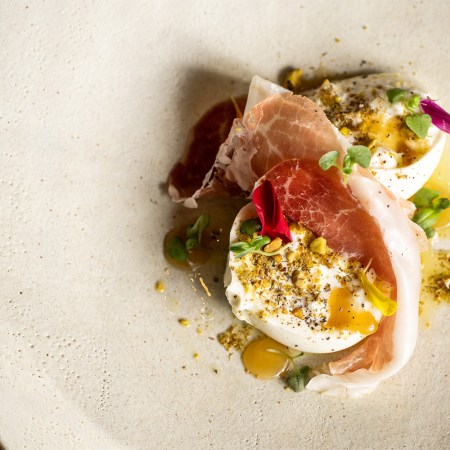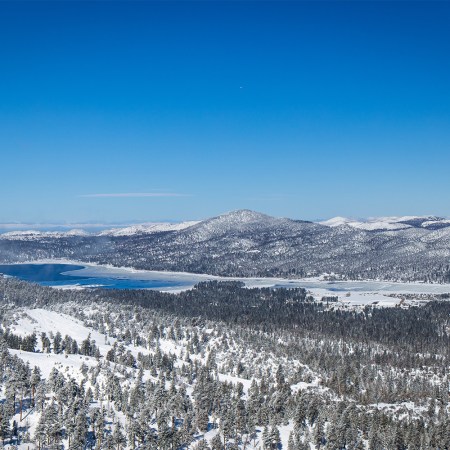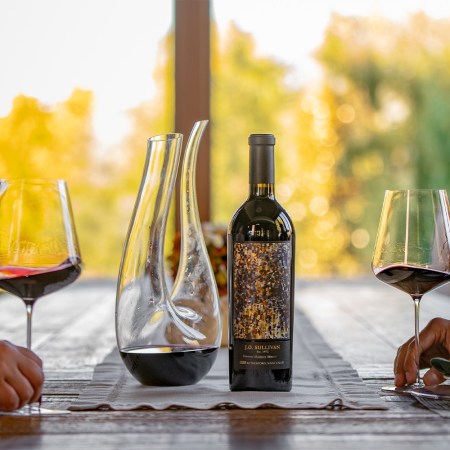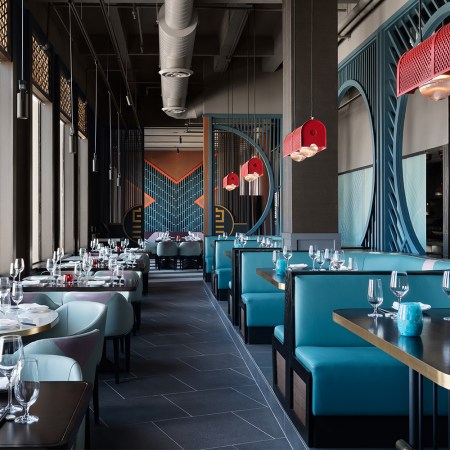San Francisco’s coffee scene is unparalleled, boasting a rich history — even better than Seattle’s, at least according to Andrew Barnett, founder and CEO of Linea Caffe. Coffee’s history in this city, he says, “goes back to just a little bit after the [California] Gold Rush,” when coffee companies including Hills Brothers, one of the nation’s oldest, were already roasting on the waterfront.
“I’d say even in the 1950s, San Francisco was a trendsetter,” he says. “It was a vanguard for American espresso.”
While Seattle, he acquiesces, has the “cachet,” San Francisco has “kind of been at the forefront of great coffee for a century and a half in the U.S. And there continues to be very exciting coffee in San Francisco.”
With the third-wave coffee scene firmly ensconced in the city, we thought we’d ask the folks on the ground what’s exciting, what’s less enticing and what’s in their cups first thing in the morning.
Michelle Mah
Director of operations, The Slanted Door Group
Favorite thing about the scene: Creative flavors. “In the past, one way to differentiate was to curate your own beans,” she says, evoking single-origin trends. “Now, people are adding another element, like fruit flavors.” Examples she cites include ube, orange blossom (steamed into the milk, for example), mango, papaya, durian and even avocado. “It’s especially helpful with the bright colors to stand out on Instagram, knowing how much that social media platform has changed the food/restaurant/coffee scene.”
Least favorite: “Sometimes it can take too long to make one drink — if they are tinkering too much, or spending too much time weighing and measuring. And in some cases, because it’s so third wave, the acid level can be too high — and if you add milk, it’s not a great-tasting latte.”
Mah’s coffee order: “An oat latte or drip with a splash of cream.”
Kevin Bohlin
Founder, Saint Frank Coffee
Favorite thing: “We’re starting to see people open up toward a little bit of like…a cocktail approach to some coffee drinks,” he says. While this is certainly exciting, what seems to entice Bohlin even more is the implication of a more laissez-faire attitude towards coffee. “There used to be this super snobby, high horse — I mean, even people that were like, ‘No milk alternatives. Only milk! Drink your coffee black! Respect the coffee!’” Bohlin laughs. “That has its place. I would never put bitters or garnish on a glass of wine. But espresso beverages you can do fun things with.”
Least favorite: “I think a lot of us assume, oh, a coffee shop’s got a nice espresso machine and latte art, and if they have all the bells and whistles, there must be ethical sourcing, and they must have relationships with producers. And that’s just not the case,” says Bohlin. “I think we can too easily get lazy and assume that the good things are happening. I think we need to not take our foot off the gas of the mission and passion of what we love about beautiful, crafted, amazing coffee — you know, actually still being fully transparent and connected.”
Bohlin’s coffee order: “Three ways, three times a day! Black filter/drip coffee at 6 a.m., cappuccino at 10 a.m., espresso after lunch.”
Andrew Barnett
Founder and CEO, Linea Caffe
Favorite thing: Nostalgic innovation. “I think people doing retreads of old stuff, but I’d say there are different takes on new drinks,” he says. He’s also thrilled to see more people working in the sustainable space. “What we’re doing at Linea, our focus is really working directly with the coffee farmers that are at the forefront of organic agriculture, and I think that’s something that’s going to be a bigger story,” he says. “We’re not innovating that area; it’s just an area that we’ve been looking at for a long time. I’ve been a coffee buyer for over 20 years, and we’ve been focused on the farms that we believe are at the forefront of regenerative organic agriculture, and those farms are really doing great things for the planet in terms of carbon sequestration and helping fight global warming. I see those farmers helping to be part of the solution to this crisis.”
Least favorite: “Under-roasted coffees that are what I would call copycat versions of some of the great Scandinavian roasters, such as Tim Wendelboe and Coffee Collective in Copenhagen, which I believe are magnificent roasters. People are trying to emulate that style of roast development, and they’re not able to bring the sweetness out, so they wind up with underdeveloped, sour, grassy, astringent coffees, and it’s become a very big trend in the Bay Area and in the United States. It’s like someone who tries to play or emulate a jazz musician. They want to be Miles Davis, or they want to be John Coltrane, but they don’t have the skill set or really know the music as well.”
Barnett’s coffee order: “I dream of espresso, so I’m an outlier, I think, in the third-wave movement. I think a lot of my esteemed colleagues are very focused on drip and filter coffee, which I love. I just made a Chemex of a beautiful coffee from Bolivia, from one of my favorite coffee roasteries in Melbourne, Australia. But I would say I make a Chemex every morning, go to work, and then I pull a shot of espresso, and then I have another shot of espresso from one of our staff members, and then I have a short espresso with steamed milk — a cortado — which I love with organic Straus Family Creamery milk, their barista milk, and it’s delicious. It pairs so well. So that’s what I love. I dream of espresso.”
Eileen Rinaldi
Founder, Ritual Coffee Roasters
Favorite thing: “The way baristas at cafes have had the agency to create exciting and interesting signature beverages for their cafes’ menus,” she says. “It is really fun to see what everyone comes up with.”
Least favorite: “Drawing in foam has a place, but it’s not in a cafe where people want their drinks ASAP and hot!”
Rinaldi’s coffee order: “I would say any of our drip offerings — I’m particularly into Las Manos, from Honduras. That coffee is really bright and sweet, with nice flavors of peaches and tangerine.”
This article was featured in the InsideHook SF newsletter. Sign up now for more from the Bay Area.






















